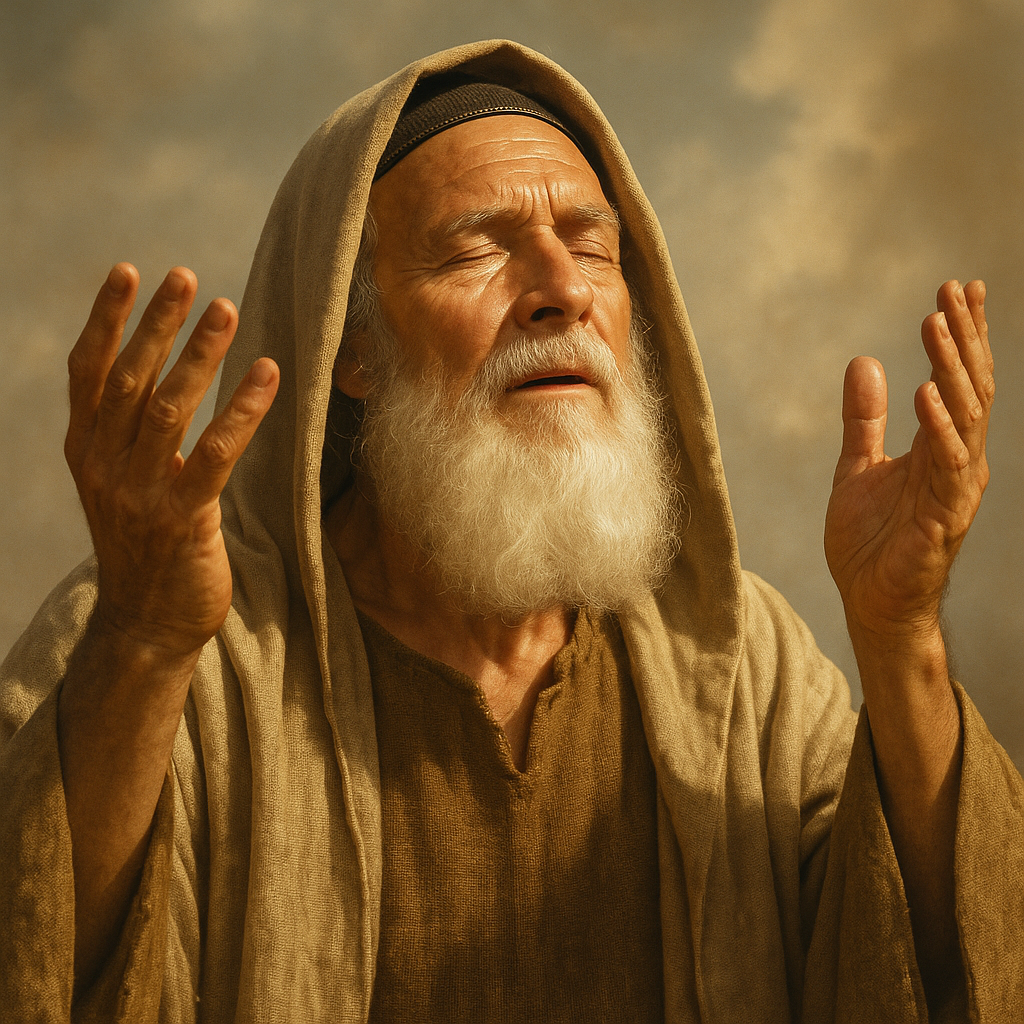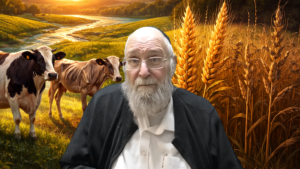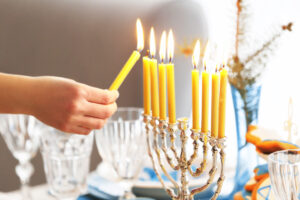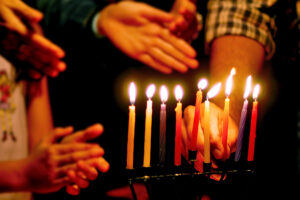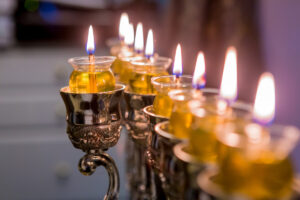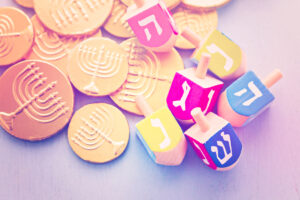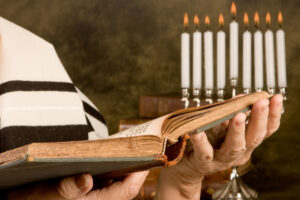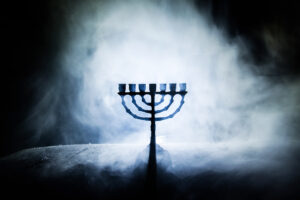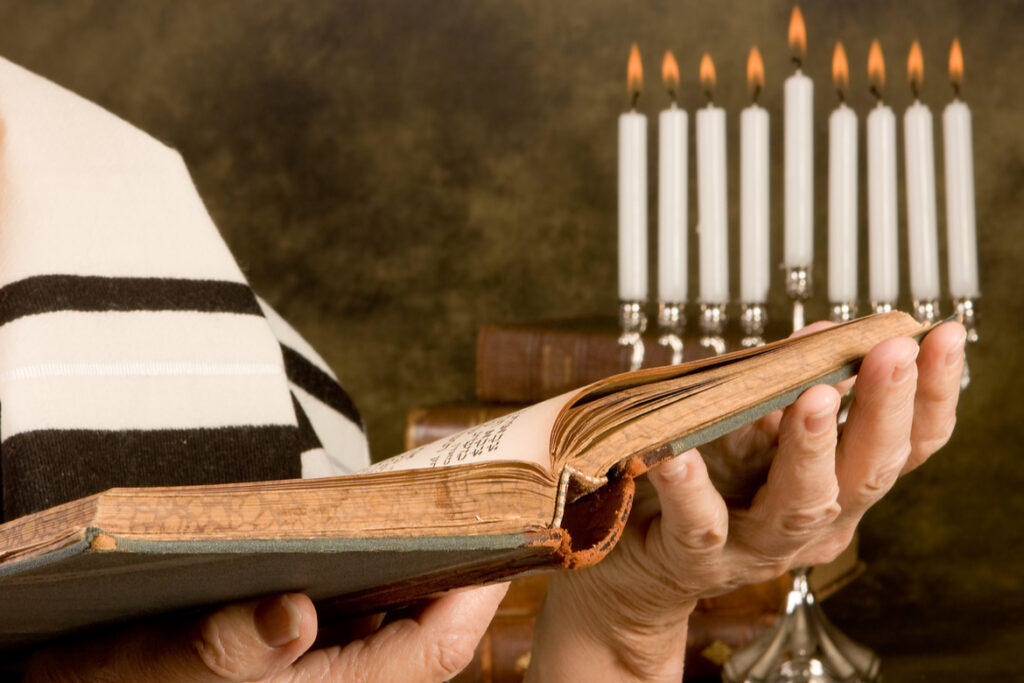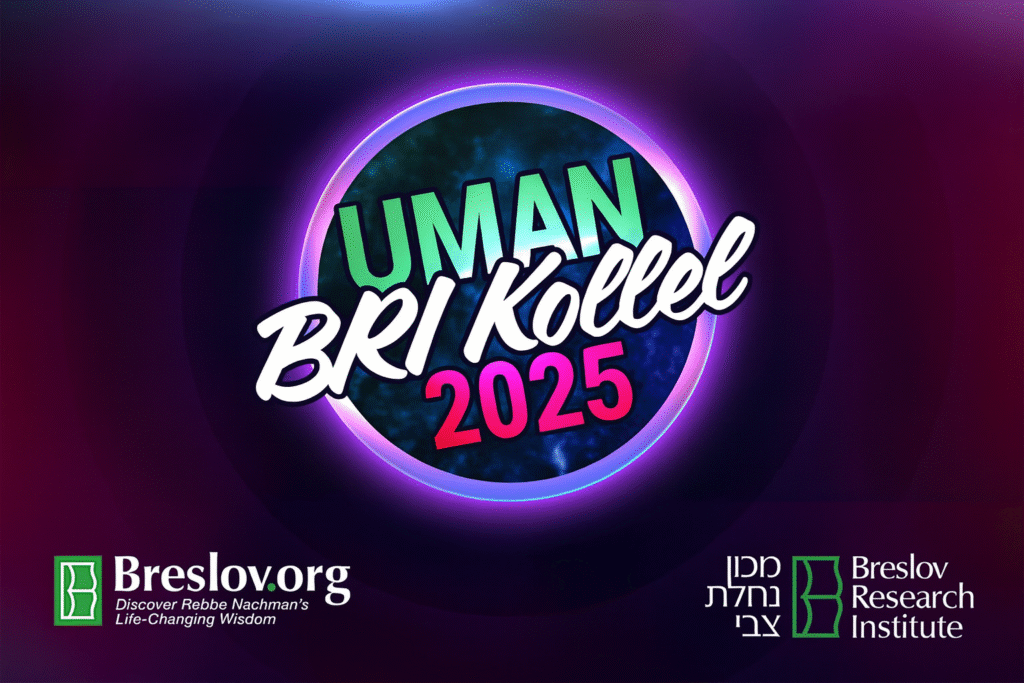- Joy ⬦ Read ⬦ Redemption ⬦ Shabbat ⬦ Weekly Torah Portion
The Ratzon in Sodom
The Plea for Sodom and the Secret of “Ho’alti”
In Parshat Vayeira, Hashem reveals to Avraham Avinu His plan to destroy Sodom and Amorah for their extreme wickedness. Their sins had reached such depravity that, as the Torah says, there was no longer any justification for their existence. Yet Avraham, the embodiment of kindness, seeks to find merit even for these corrupt cities.
He begins his dialogue with Hashem: “Perhaps there are fifty righteous people within the city… will You destroy and not spare the place for the sake of the fifty righteous who are within it?” (Bereishit 18:24). Hashem answers that if fifty are found, He will spare the entire region. But there weren’t fifty, so Avraham continues—forty-five, forty, thirty, twenty, ten—pleading each time for mercy.
What stands out are two unique expressions he uses during this negotiation: “Hinei na ho’alti ledaber el Hashem” – “Behold, I have begun to speak to Hashem” (v. 27, v. 31). Rashi shows the two interpretations of ho’alti: it can mean “I have begun”, or it can mean “I desire, I want to speak.”
The problem, though, is that Avraham had already begun speaking earlier when he asked about the fifty. So what does he mean by “I have begun to speak” again at forty-five and then at twenty?
The deeper answer, drawn from the teachings of Rebbe Nachman and Reb Noson, is that both meanings—beginning and desire—are intertwined. True beginnings in life come only from ratzon, the inner will to draw close to Hashem. Each new level of Avraham’s pleading reflected a deeper awakening of will.
At fifty, he was reasoning; by forty-five, he was yearning. And by twenty, he was activating his deepest ratzon, his innermost desire to arouse compassion from Hashem. Avraham wasn’t simply repeating the same request – he was ascending through levels of will, revealing that even when logic fails, desire itself becomes the vessel of mercy.
The Secret of 45: The Nine Chambers and the Power of Ratzon
Why did Avraham Avinu choose the number fifty to begin his plea? The Zohar explains that the number fifty represents the Fifty Gates of Understanding, the Nun Shaarei Binah – the highest levels of spiritual perception. Avraham hoped that perhaps fifty tzaddikim, ten in each of the five cities, could awaken the merit of these fifty gates and save Sodom. But when Hashem indicated that there were not fifty righteous people, Avraham descended to a new calculation – forty-five.
Forty-five equals nine tzaddikim per city. As Rashi notes, when there are nine, Hashem Himself joins them as the tenth – Hashem mitztaref la’asara, “Hashem joins to complete the ten.” But beyond the numbers lies a deep secret: the number nine represents the Nine Chambers – nine inner vessels of consciousness formed when the human mind “bounces back” from reaching toward the Keter, the highest crown of holiness.
When a person strives for the Infinite Light—for closeness to Hashem—he must often experience this “bounce back.” Instead of linear progress, he meets resistance that humbles and refines him. The collision with the Keter fuses the three faculties of the mind—Chokhmah, Binah, and Da’at—multiplying them into nine. These nine chambers express a mind that has learned to perceive holiness through challenge and recoil.
Avraham Avinu understood this. His prayer for forty-five reflected not despair, but recognition that perhaps there were nine tzaddikim in each city who, through being “bounced back,” could access the deepest desire—ratzon—to reach Hashem. Even if they were not ten, if they possessed this fiery ratzon, Hashem Himself would join them.
Even when redemption seems impossible, desire itself becomes a vessel for mercy
The Five Paths of Joy
Reb Noson teaches in Likutey Halachot that when a person faces setbacks and remains filled with ratzon—with longing and will to serve Hashem—it reveals that his motives were pure. He is not serving for honor, comfort, or intellect, but purely out of love. When such a soul meets resistance, instead of falling to sadness, he turns his fall into yearning.
Rebbe Nachman connects this process to the five forms of joy, the “five voices” of simchah:
- Joking and acting silly – breaking sadness through lightheartedness.
- Music and dance – uplifting the heart through movement and song.
- Finding good points – discovering sparks of holiness within oneself and the moment.
- Thanksgiving – expressing gratitude to awaken joy.
- Borrowed joy – drawing happiness from the future redemption when all will be revealed as good.
These five avenues of joy, Rebbe Nachman says, are the tools of “fake joy” that lead to real joy – simchah shel emet.
So when Avraham pleaded for Sodom, he wasn’t only negotiating numbers. He was invoking a cosmic formula: nine chambers of ratzon and five paths of simchah. The five cities of Sodom hinted at these five modes of joy. If nine tzaddikim in each city could awaken the ratzon and use these five channels of joy, perhaps even Sodom could be redeemed. That’s why Avraham used the phrase ho’alti ledaber—“I want to speak”—when he reached forty-five. His words expressed not mere logic but longing: the plea of the soul that refuses to give up hope.
The Second Ho’alti and the Secret of the Keter
The final time Avraham Avinu says ho’alti is when he pleads for twenty tzaddikim – two cities. The number twenty, represented by the letter kaf, corresponds to the Keter, the crown of Divine will. In Kabbalah, Keter channels Divine energy downward to all the sefirot—from the highest level of the ten down to Malchut—and then ascends again. It distributes life-force to each level, yet remains untouched itself. Ten descending and ten ascending together form the number twenty, symbolizing a complete cycle of giving and returning.
By invoking ho’alti again here, Avraham was appealing to the same power of ratzon—desire and will—that connects the soul to the Keter. Even though he was now asking only for two cities, he was trying to activate that transcendent light of compassion, hoping the Keter’s mercy could redeem them. But Hashem’s answer was still no.
When the Spark Is Gone
Why did Avraham’s prayers fail? Rebbe Nachman and Reb Noson reveal that in every created thing there is a spark of holiness that sustains it. As long as that spark remains, Hashem allows it to exist. Once the spark is gone, destruction comes naturally – not as cruelty, but as truth.
Sodom and Amorah had reached a level so corrupt that no spark of goodness remained. The only remnant of holiness was hidden within Lot and his daughters, who carried the potential ancestry of King David and Mashiach. Once they were rescued, the Divine spark was withdrawn – and with it, the cities’ right to exist.
Avraham’s plea reflected the compassion of the tzaddik, who sees beyond Divine justice to a higher level of mercy. Reb Noson writes that sometimes Hashem appears to limit His compassion precisely to awaken a tzaddik to reach deeper, as in the story of Moshe Rabbeinu after the Golden Calf. Hashem said, “Leave Me [to destroy the Jewish Nation]”, and Moshe understood that Heaven was hinting: Don’t leave Me – pray harder. Through that deeper compassion, the Jewish people were spared.
Avraham Avinu tried the same approach with Sodom, pushing the limits of mercy. But in this case, Heaven revealed that there truly was no good left to redeem.
Hope Even at the Bottom
From this episode, Reb Noson teaches a powerful lesson for life. Sometimes a person feels he has fallen so low that there is no hope – that after years of serving Hashem, one failure has erased everything. But the very fact that you are still alive means that Hashem has not given up on you. If you truly had no spark left, you would no longer exist.
The Breslov elders taught: as long as a person can wake up in the morning, wash his hands, put on tefillin, and face another day, that is proof that there is still holiness within him – proof that Hashem still wants him in the world. The only souls that are truly lost are those whose spark of good has completely gone out.
Even then, the Torah reminds us that Divine mercy is unfathomable – from the descendants of Haman himself came righteous converts who sat in the Sanhedrin. If Hashem allows life, it means there is still something precious to redeem.
The Light of Ratzon
Avraham’s repeated ho’alti teaches us that ratzon—the yearning for good—is how we reach the Keter. Even when redemption seems impossible, even when all logic says it’s over, desire itself becomes a vessel for mercy. Sodom was destroyed only once its last spark was gone. But as long as there is yearning, as long as there is movement of the heart toward Hashem, there is life.
Shabbat Shalom, and may we never give up hope – may we value every breath, every spark of holiness within us, and remember that as long as we live, Hashem is still saying: I want you here.
Meir Elkabas
- 0 comment


